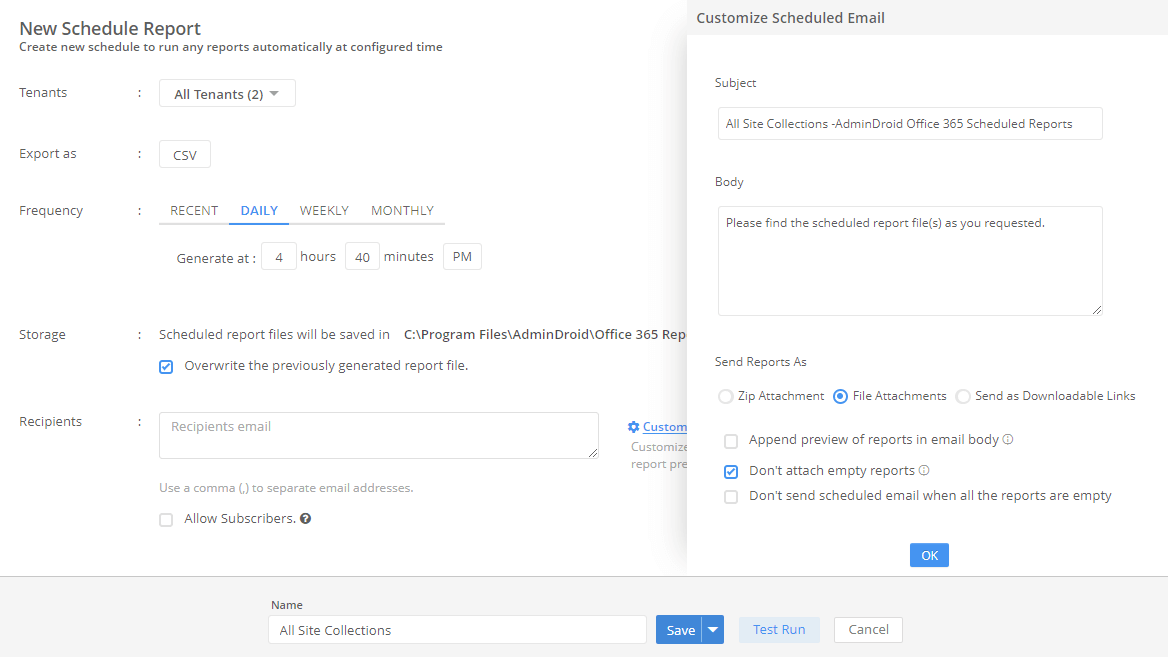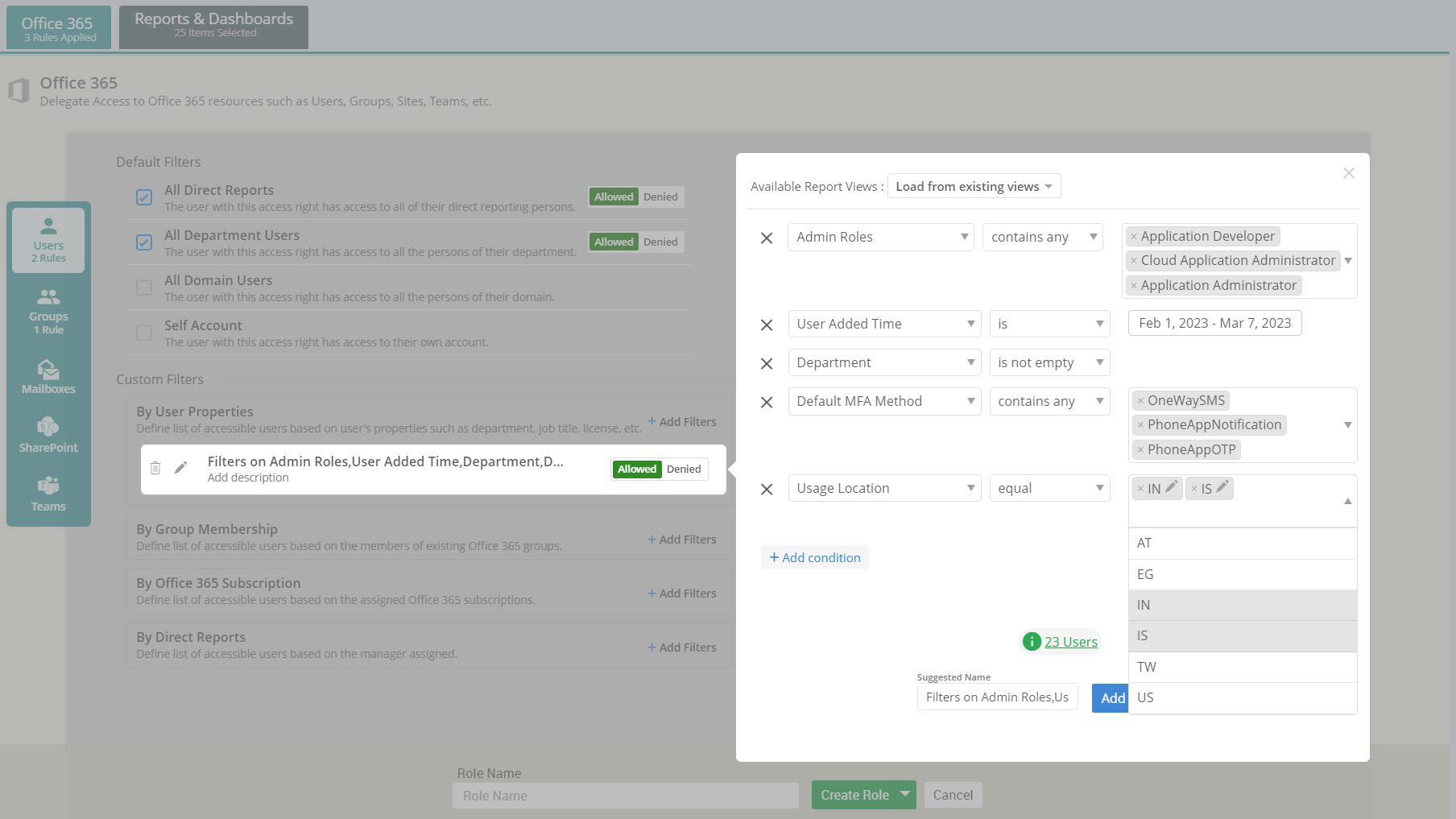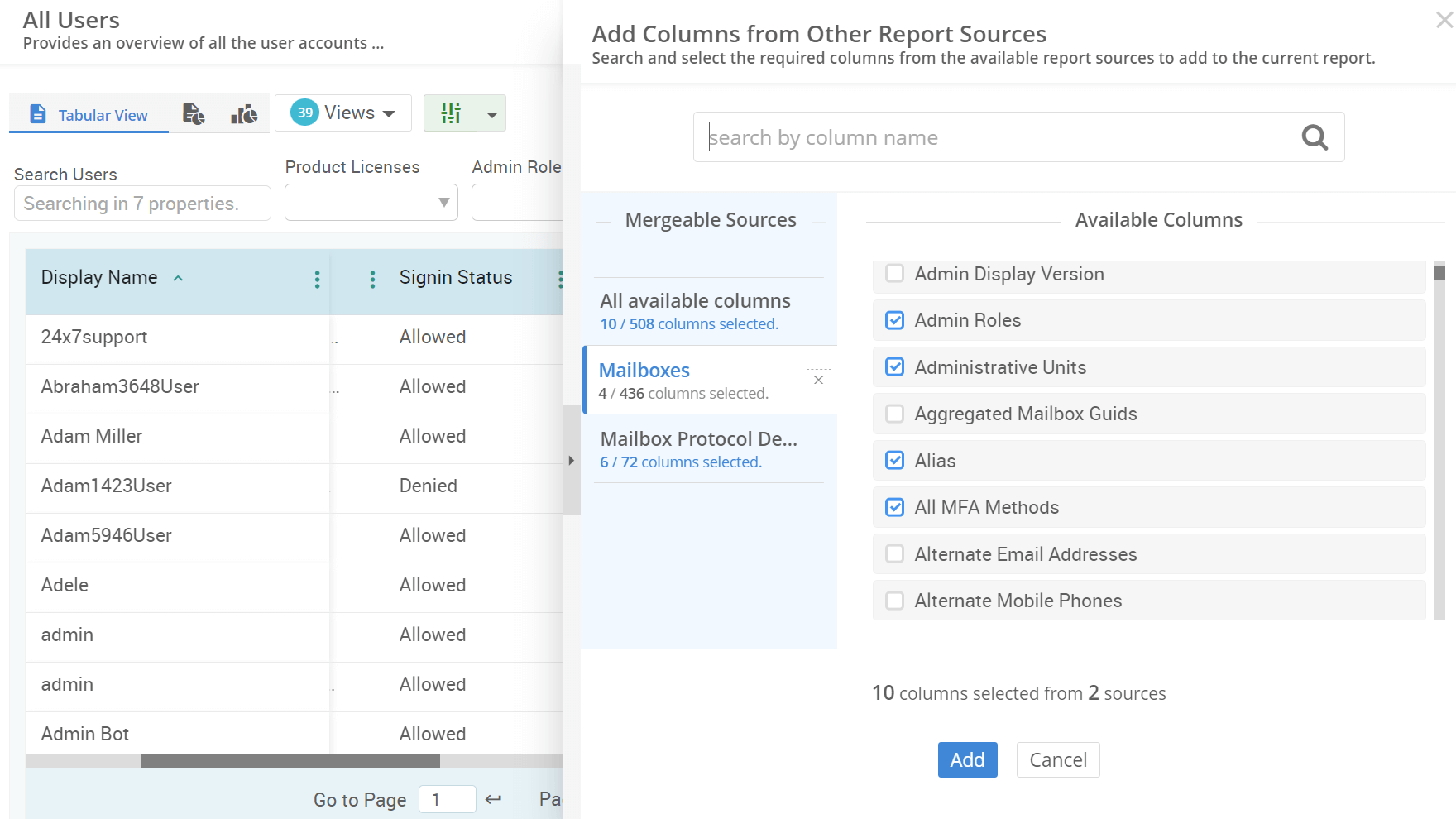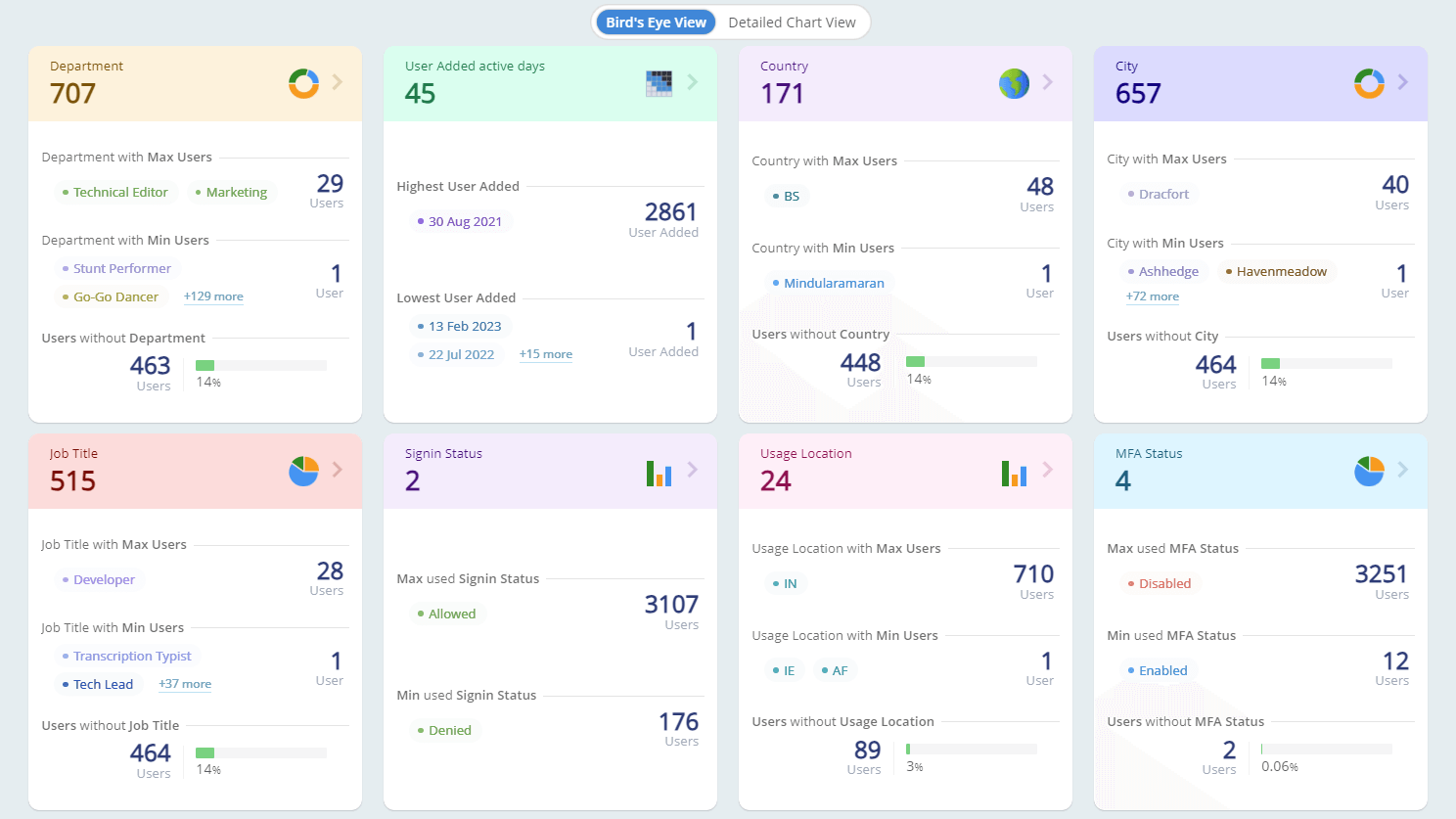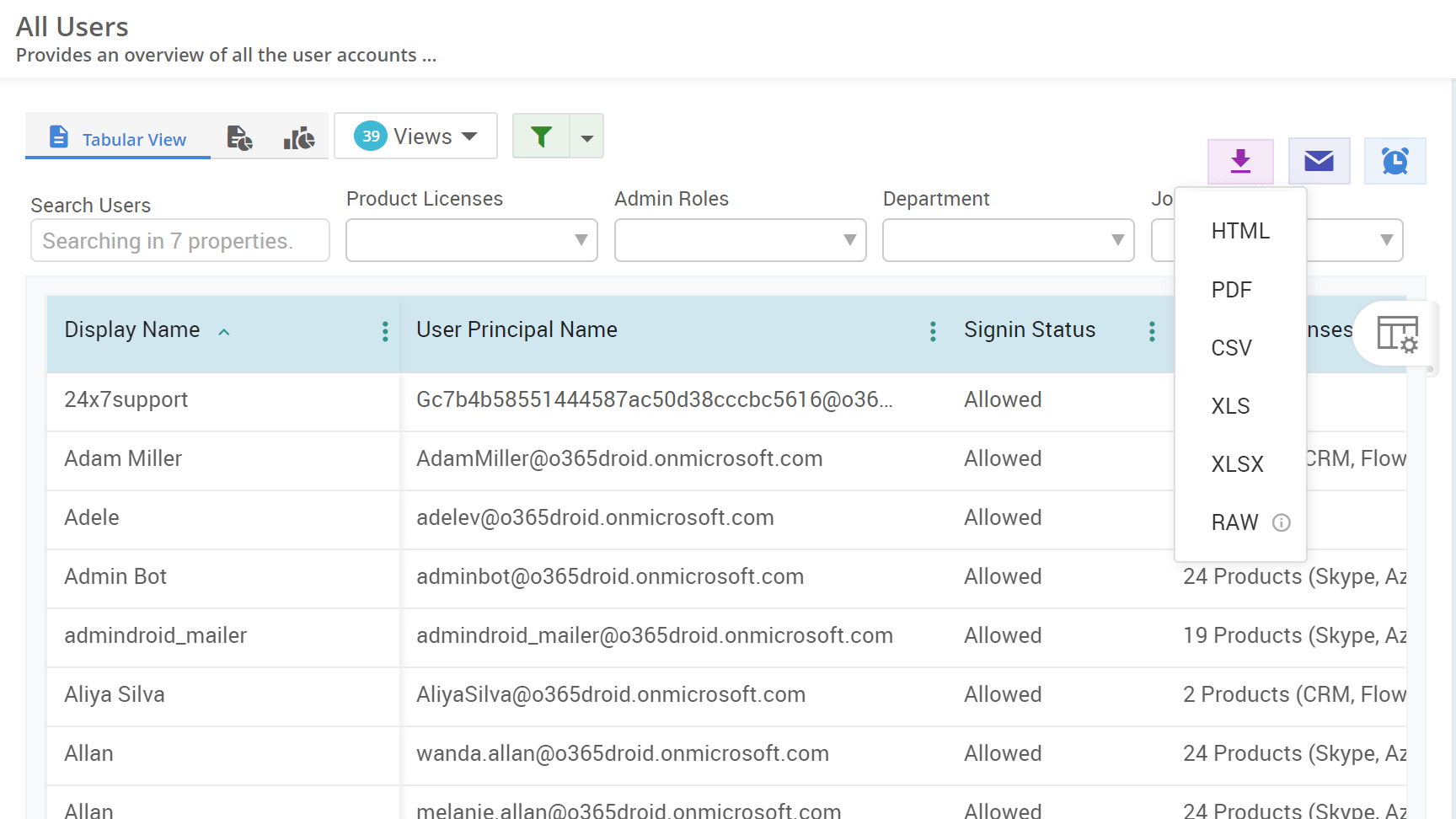How to Audit Phishing Emails in Microsoft 365
Imagine an employee receiving an email from the company's IT department requesting a security check. They follow a link and unknowingly enter their credentials into a convincing phishing site, giving hackers access to the company's network. Credential phishing is just one of many attacks, including spear phishing, whaling, and malware phishing. That's why detecting phishing emails is crucial, and this guide will show you how to get phishing emails report in Microsoft 365 effectively.









